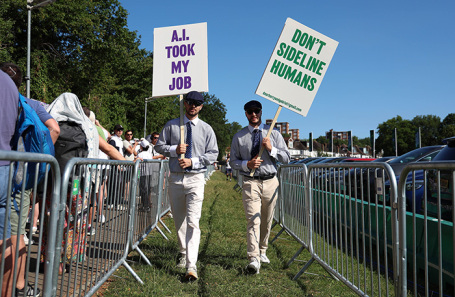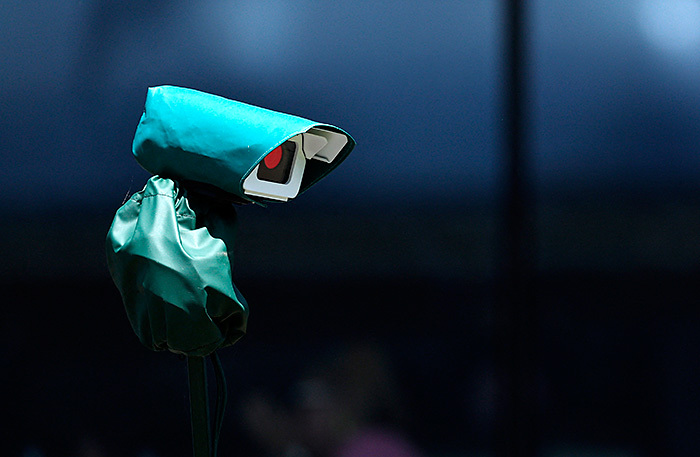
Since 2025, Wimbledon has replaced human line judges with the Hawk-Eye system. Of the four Grand Slam tournaments, only Roland Garros still uses human line judges. Has this shift altered the structure of the tournaments, and who stands to benefit most from the introduction of this technology?

In 2025, the Wimbledon tournament saw the removal of 300 human line judges, who were responsible for calling `outs` and foot faults. This move replaced a nearly 150-year tradition and people dressed in iconic Ralph Lauren-designed uniforms with the Hawk-Eye artificial intelligence system. Using cameras, Hawk-Eye monitors play on the court and announces `out` calls via loudspeakers.
The technology has already been in use for some time at the Australian and US Opens, where the services of human line judges were completely phased out in 2021. Now, Wimbledon in England has joined them. Consequently, the French Open (Roland Garros) remains the only Grand Slam tournament that has not yet adopted the system.
As with any new technology, the system initially faced opposition, according to Daniil Salnikov, Tennis Editor at Championat.com:
«When Hawk-Eye was first introduced, there were many old-school tennis players who didn`t want to adapt; they would fundamentally refuse replays or challenges, trusting fate to decide the call. Conversely, some players were specialists at spotting potential Hawk-Eye errors and used challenges to their advantage on disputed shots, altering the flow of the match based on whether the ball was called in or out. But overall, it`s inevitable, and people gradually get used to these innovations; they become commonplace.
Technologies are implemented because people get physically tired. Imagine Wimbledon has around 20 courts, with matches running from 11 AM late into the night. Naturally, this requires a huge number of line judges, each monitoring their specific line – one, two, three… how many are on court, six, eight people. Plus, they have to work in shifts, rotating every hour, and so on. Here, a system has been developed that replaces this entire group of people who experience varying degrees of fatigue, whose eyes might be sharp or not as accurate. The main thing now is ensuring the technology works reliably and the software is protected from any external interference.»
— And what can be said about Wimbledon this year? Have there been any revelations or surprises?
«This Wimbledon is memorable in that a lot of seeded players were eliminated in the very early stages. The level of players, not just average ones but those close to the top, has really levelled up. Anyone can lose a tournament by chance, but winning it by chance is almost impossible, because here you have to defeat seven opponents with different levels of preparation and playing styles. Those who have made it to the second week got there for a reason.»
This year, a new free AI-powered app called Match Chat, developed by IBM, was also introduced for Wimbledon spectators. Users can find statistics, get answers to questions about matches, and use the «Win Probability» tool with detailed analysis.












